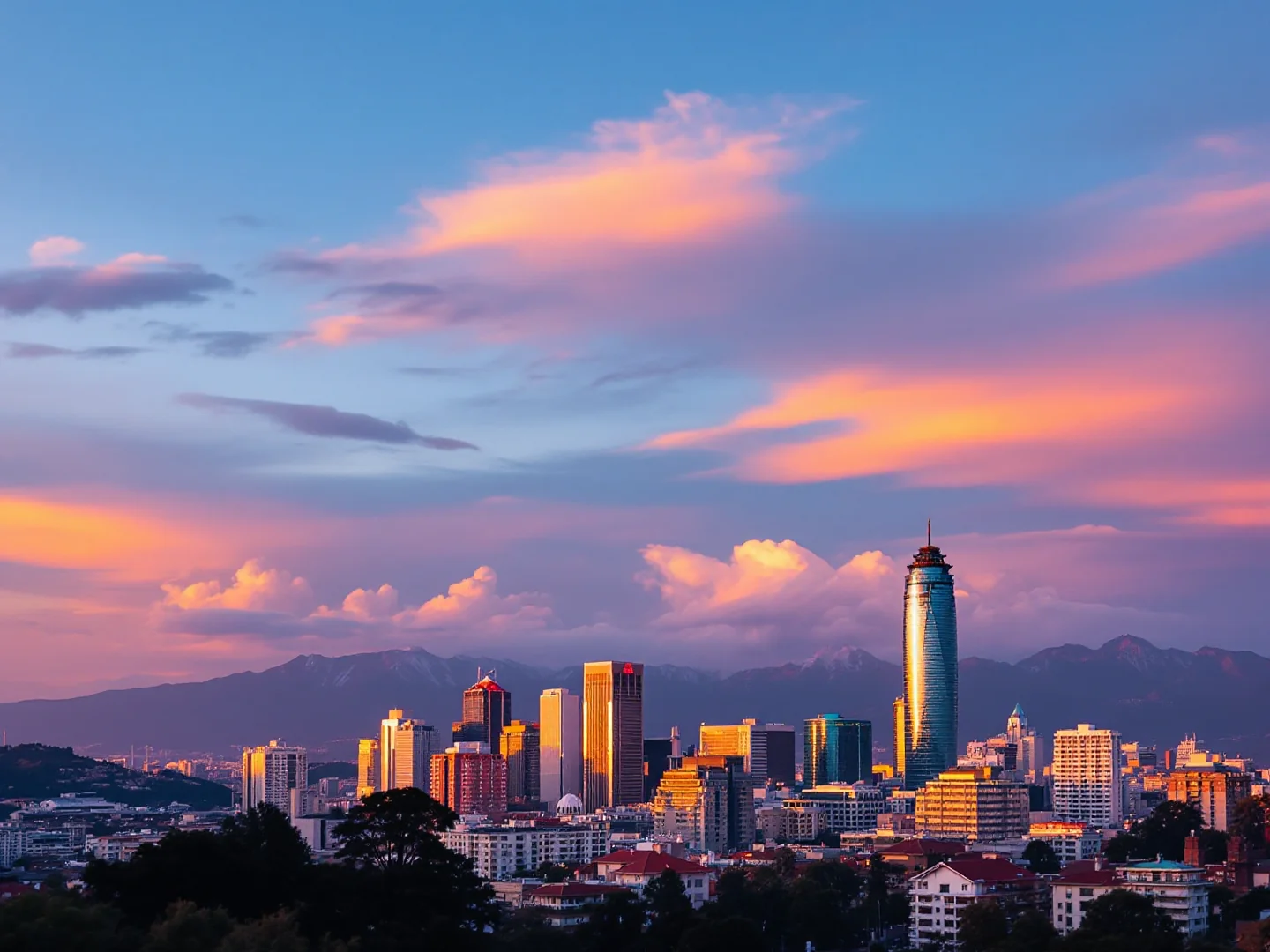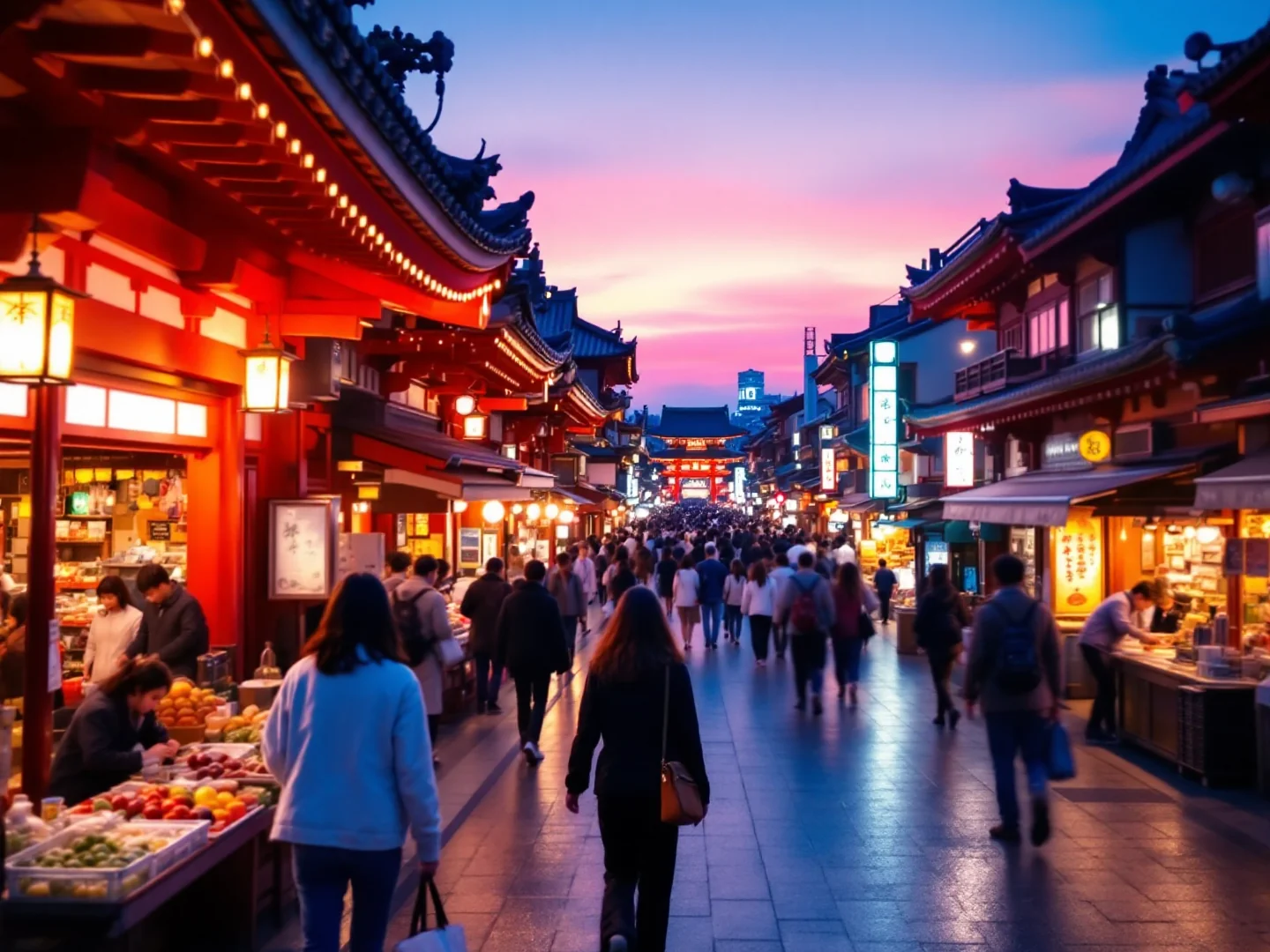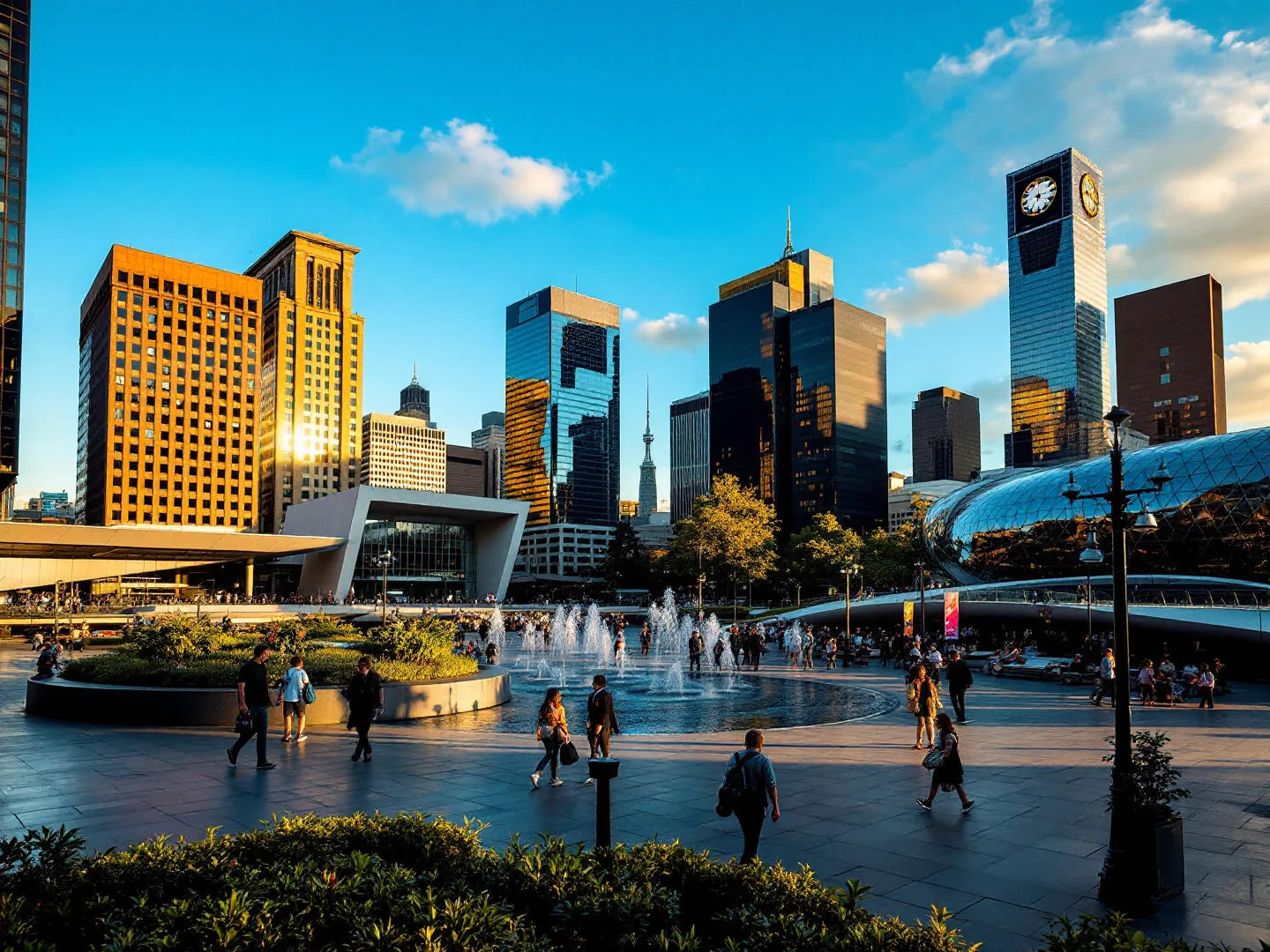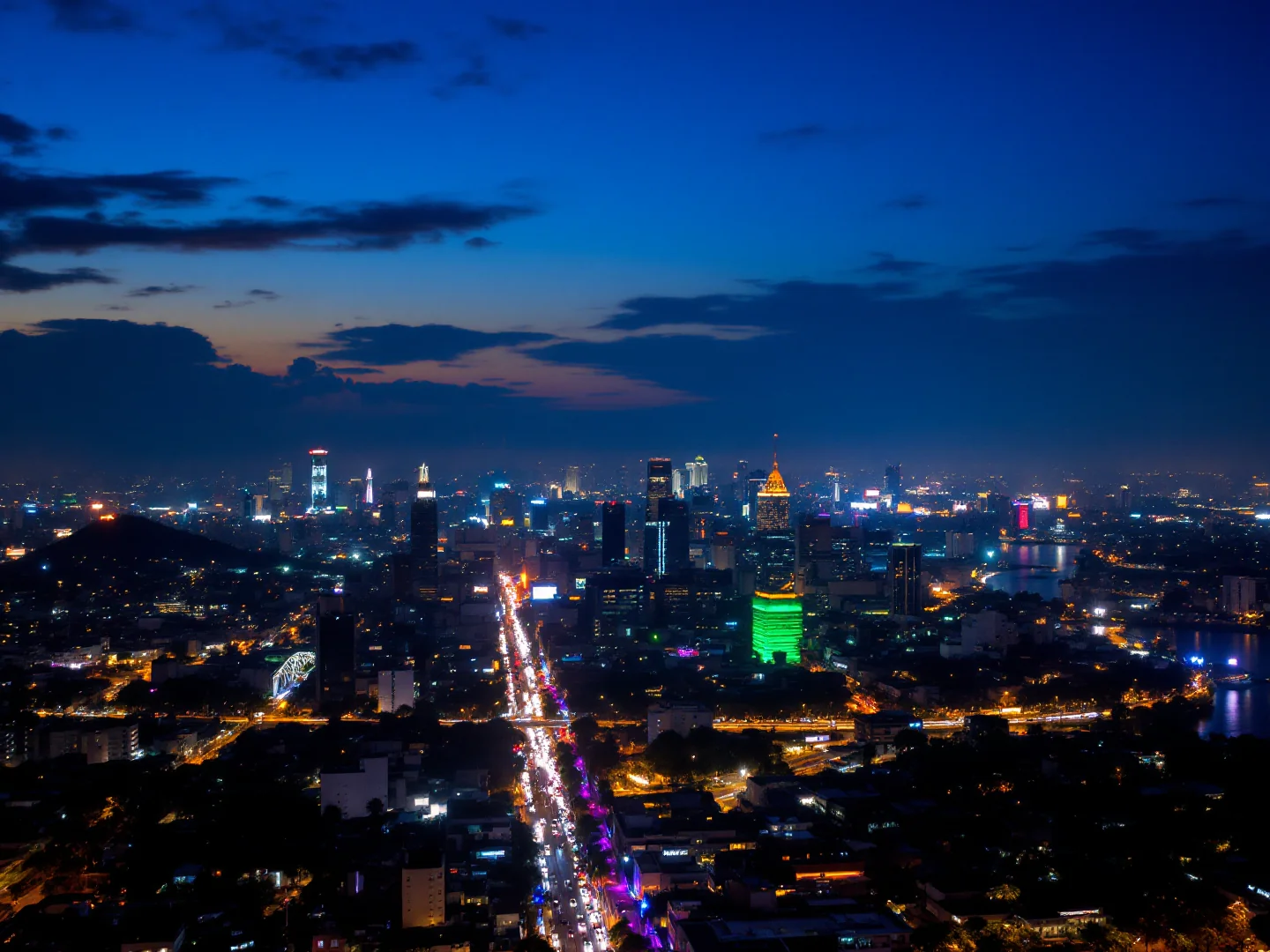Why Visit Buenos Aires?
Buenos Aires seduces as South America's most European capital, where tango dancers embrace in candlelit milongas, sizzling parrillas serve the world's finest beef, and Parisian-style boulevards lined with jacaranda trees host passionate football debates at sidewalk cafés. Argentina's cosmopolitan heart (3 million in the city, 15 million metro area) earned its 'Paris of South America' moniker through grand Belle Époque architecture, wide avenidas, and café culture imported by waves of Italian and Spanish immigrants who shaped porteño identity. The city's soul emerges in its distinct barrios—La Boca's corrugated metal houses painted in vibrant blues and yellows where tango was born in immigrant tenements, San Telmo's cobblestone streets hosting Sunday antique markets around Plaza Dorrego, and Recoleta's aristocratic elegance culminating in the cemetery where Evita's tomb draws pilgrims to marble mausoleums rivaling European necropolises.
Tango permeates everything—catch professional shows at Café Tortoni (since 1858) or authentic milongas where locals dance until dawn, take lessons in San Telmo studios, or watch street performers in Caminito's touristy but photogenic alley. The culinary scene celebrates Argentina's carnivore culture—juicy bife de chorizo steaks, morcilla blood sausage, and chimichurri at traditional parrillas, washed down with Malbec from Mendoza's vineyards. Yet the city's edge shows in Palermo's street art covering entire buildings, microbreweries in Palermo Hollywood, and the Diego Maradona worship approaching religion at La Bombonera stadium where Boca Juniors play.
Avenida 9 de Julio, the world's widest avenue, leads to the Obelisco and Teatro Colón's world-class opera house with acoustics rivaling La Scala. With Spanish language (limited English), affordable prices thanks to currency fluctuations, and a late-night culture where dinners start at 10pm and clubs open past midnight, Buenos Aires delivers European sophistication with Latin passion.
What to Do
Tango & Historic Barrios
San Telmo & Sunday Antiques Market
The historic heart of Buenos Aires comes alive on Sundays with the Plaza Dorrego antique market (roughly 10am–5pm), where vendors sell vintage treasures, antique furniture, and Argentine memorabilia. During the week, cobblestone streets are quieter, perfect for exploring tango studios and colonial architecture. Catch a live tango street performance in the plaza—free to watch, tips appreciated. The neighborhood has plenty of traditional cafés like Bar Plaza Dorrego where locals sip coffee for hours.
La Boca & Caminito
The colorful corrugated-metal houses of Caminito make it one of Buenos Aires' most photographed streets, painted in vibrant blues and yellows as they were when Italian immigrants built the neighborhood in the early 1900s. The two-block pedestrian street is touristy but photogenic—go in the morning before tour buses arrive. See tango dancers perform on the street ($5–$11 for photos with them). Visit La Bombonera stadium for a Boca Juniors match or stadium tour (book ahead). Avoid walking outside the main tourist area, especially at night, as surrounding streets can be unsafe.
Tango Shows & Milongas
Professional tango dinner shows at venues like Café Tortoni, Señor Tango, or Rojo Tango cost US$80–$150 per person with dinner and drinks—book online for discounts. For a more authentic experience, visit a traditional milonga (tango social club) where locals dance: try La Viruta (beginner-friendly, classes before the dance), Salon Canning, or Confitería Ideal (beautiful art-deco setting). Milongas usually start around 10–11pm and run until 2–3am. First-time visitors can take a group lesson (around US$15–$20) before the social dancing begins. Dress code is usually smart-casual.
Recoleta & European Buenos Aires
Recoleta Cemetery
One of the world's most beautiful cemeteries, with over 4,600 elaborate marble mausoleums housing Argentina's elite—including Eva Perón. Entry is free and it's open daily roughly 8am–5:45pm. Evita's tomb is in the Duarte family mausoleum (follow the signs or ask guards). Free guided tours in English run weekends around 11am. Allow 60–90 minutes to wander the labyrinth of neoclassical and art-nouveau tombs. The nearby Recoleta Cultural Center often has free art exhibits, and the area around the cemetery has upscale cafés perfect for people-watching.
Palermo Parks & Neighborhoods
Palermo is Buenos Aires' largest and trendiest neighborhood, split into sub-barrios. Palermo Soho has boutique shopping, street art, and trendy restaurants—wander Calle Honduras or Plaza Cortázar. Palermo Hollywood (north of the train tracks) is home to craft breweries, design shops, and nightlife. The Bosques de Palermo (Palermo Woods) offer green space, rose gardens, paddle boats on the lake, and weekend street fairs. The Japanese Garden charges a small entry fee (~$2) but is a peaceful oasis. Palermo is also the safest and most tourist-friendly neighborhood for accommodation.
Teatro Colón & 9 de Julio Avenue
The Teatro Colón opera house rivals Europe's finest with its seven-story interior, gilded balconies, and near-perfect acoustics. Guided tours (around US$10–$15 book online) run daily except Mondays and take about 50 minutes—they showcase the main hall, golden hall, and backstage areas. If you can catch a performance (ballet, opera, or classical concert), tickets start from US$15–$20 for upper balconies, though seats often sell out weeks ahead. The theater sits near the world's widest avenue, Avenida 9 de Julio, where the iconic Obelisco monument marks the city center—best viewed from ground level or from a café terrace.
Argentine Food & Football
Parrilla Steakhouses
Argentine beef is world-famous, and a parrilla (steakhouse) meal is essential. Order bife de chorizo (thick sirloin), ojo de bife (rib-eye), or asado de tira (short ribs), accompanied by chimichurri sauce, grilled provoleta cheese, and a bottle of Malbec. Expect to pay US$20–$40 per person at a quality parrilla like Don Julio (Palermo, book days ahead), La Cabrera (huge portions, no reservations, long waits), or La Brigada (San Telmo, traditional atmosphere). Argentines eat late—dinner starts around 9–10pm, and restaurants may be empty at 7pm.
Café Culture & Confiterías
Historic cafés (confiterías) are Buenos Aires institutions where porteños linger for hours over coffee and medialunas (croissants). Café Tortoni (since 1858) is the most famous—touristy but beautiful with marble tables, stained glass, and live tango shows in the basement. Try also Café La Biela (Recoleta, outdoor terrace under a giant rubber tree) or London City (Avenida de Mayo, art-nouveau interior). Coffee comes as cortado (espresso with milk), café con leche (like a latte), or lágrima (mostly milk, a 'tear' of coffee). Expect to pay $3–$5 for coffee and pastries.
Boca Juniors at La Bombonera
Watching a Boca Juniors match at La Bombonera stadium is one of Buenos Aires' most electrifying experiences—the stands literally shake when fans jump and chant. Tickets are hard to get for tourists (members get priority); use official resellers or tour companies that include tickets + transport (around US$100–$150). Stadium tours run daily (around US$15) when there's no match, showing the museum, pitch, and locker rooms. Wear Boca colors (blue and yellow) or neutral—never wear River Plate red. The neighborhood around the stadium is not safe to explore on foot; stick with organized tours or taxis directly to the entrance.
Gallery
Travel Information
Getting There
- Airports: EZE
Best Time to Visit
March, April, October, November
Climate: Moderate
Weather by Month
| Month | High | Low | Rainy days | Condition |
|---|---|---|---|---|
| January | 28°C | 20°C | 7 | Good |
| February | 28°C | 19°C | 5 | Good |
| March | 26°C | 20°C | 9 | Excellent (best) |
| April | 21°C | 14°C | 7 | Excellent (best) |
| May | 18°C | 11°C | 3 | Good |
| June | 15°C | 9°C | 9 | Good |
| July | 13°C | 6°C | 6 | Good |
| August | 17°C | 9°C | 6 | Good |
| September | 17°C | 10°C | 4 | Good |
| October | 20°C | 13°C | 8 | Excellent (best) |
| November | 24°C | 17°C | 5 | Excellent (best) |
| December | 27°C | 18°C | 5 | Good |
Weather data: Open-Meteo Archive (2020-2024) • Open-Meteo.com (CC BY 4.0) • Historical avg. 2020–2024
Budget
Excludes flights
Visa Requirements
Visa-free for EU citizens
💡 🌍 Traveler Tip (November 2025): November 2025 is perfect for visiting Buenos Aires!
Practical Information
Getting There
Ezeiza International Airport (EZE) is 35km south for international flights. Manuel Tienda León shuttle to city center costs US$8–$13 per person (50-60 min). Public Bus Line 8 is cheapest (about US$1–$1 with SUBE card, but 1.5-2 hours). Remise (registered taxi) or Uber US$35–$45 depending on traffic. Domestic flights and some regional use Aeroparque (AEP) closer to city center. Buenos Aires is Argentina's hub—buses connect all cities (Mendoza 14hr, Iguazú 18hr, Patagonia 20+hr).
Getting Around
Subte (metro) is fastest—6 lines, operates 5am-11pm weekdays, later weekends. SUBE card (transport card) costs about ARS 880 (~US$1), rechargeable at kiosks. Most bus and Subte rides cost roughly US$1–$1 per trip at current rates. Colectivos (buses) cover entire city but complex. Uber/Cabify work well. Official radio taxis safer than street hails. Walking pleasant in Palermo, Recoleta, San Telmo. Bike lanes expanding. Avoid rush hours (8-10am, 6-8pm).
Money & Payments
Argentine Peso (ARS, $). Exchange rate is highly volatile (often well over 1,500 ARS per $1); always check a live converter. There's a widely used parallel 'blue' rate that can be much better than the official rate. Many travellers use reputable exchange houses recommended by locals or services like Western Union. Credit cards typically use less favorable official rates. Bring USD/EUR cash. Inflation high—check current rates. Tipping: 10% in restaurants expected, round up taxis.
Language
Spanish is official. Porteño Spanish has Italian-influenced accent and unique slang (che, boludo). English limited outside tourist hotels and upscale restaurants—learn basic Spanish phrases. Younger people in Palermo may speak English. Translation apps essential. Gestures important in communication.
Cultural Tips
Porteños eat late—dinner rarely before 9-10pm, restaurants open 8pm. Lunch 1-3pm. Mate tea culture—shared gourd and metal straw. Greet with one kiss on right cheek. Argentines are passionate about football—ask about Boca vs River. Dinner reservations essential for popular parrillas. Tango lessons welcome beginners. Service can be slow—relax. Currency situation complex—ask locals for exchange tips. ATMs limit withdrawals—bring USD/EUR cash.
Perfect 3-Day Buenos Aires Itinerary
Day 1: Historic Center & Tango
Day 2: Neighborhoods & Culture
Day 3: La Boca & River
Where to Stay in Buenos Aires
Palermo
Best for: Parks, nightlife, restaurants, street art, boutique hotels, trendy scene, safest area
San Telmo
Best for: Tango, Sunday antique market, colonial architecture, bohemian vibe, street performers
Recoleta
Best for: Aristocratic elegance, cemetery, museums, upscale cafés, European architecture
La Boca
Best for: Colorful Caminito, tango birthplace, Boca Juniors stadium, daytime only (unsafe at night)
Frequently Asked Questions
Do I need a visa to visit Buenos Aires?
What is the best time to visit Buenos Aires?
How much does a trip to Buenos Aires cost per day?
Is Buenos Aires safe for tourists?
What are the must-see attractions in Buenos Aires?
Popular Activities
Top-rated tours and experiences in Buenos Aires
Ready to Visit Buenos Aires?
Book your flights, accommodation, and activities






